Imagine walking into a store where the first thing you see is a striking display showcasing the season’s hottest product. That’s what a well-crafted introductory page does for websites. These digital red carpets greet visitors with focused messaging before they reach the main homepage. Brands like Nike use them to highlight limited-edition launches or seasonal campaigns, creating instant intrigue.
Modern versions prioritize speed and accessibility. Nearly 40% of users abandon sites that take longer than three seconds to load, making quick page performance non-negotiable. Designers now balance bold visuals with lightweight coding to keep mobile visitors engaged. It’s like having a welcoming storefront that doesn’t make customers wait in line.
These entry points aren’t just about looks—they’re strategic tools. A clear call-to-action guides users to “enter the site” or explore a specific offer. The best examples, like the Nike case we’ll explore later, blend artistic flair with technical precision. They turn fleeting attention into meaningful clicks without sacrificing brand identity.
Key Takeaways
- Introductory pages act as digital storefronts for websites
- Top brands use them for targeted campaigns and first impressions
- Mobile optimization ensures smooth viewing across devices
- Fast load times prevent visitor drop-offs
- Effective designs combine visual impact with clear navigation
- Conversion-focused elements drive specific user actions
What Are Splash Pages?
Imagine walking into a store where the entrance instantly tells you about a flash sale or asks for your age verification. That’s exactly what splash pages do online—they’re your website’s handshake with visitors. These single-screen gateways blend practicality with personality, creating curated moments before users reach your main content.
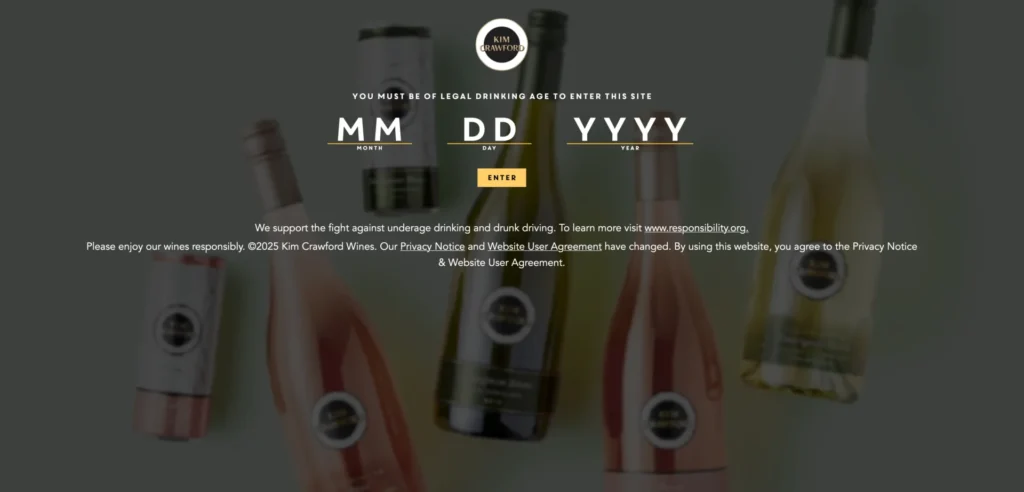
The Digital Welcome Mat Explained
Modern splash pages act like concierge services for websites. Unlike traditional homepages, they focus on one clear objective—whether it’s promoting a seasonal offer or complying with privacy laws.
Core Characteristics of Splash Pages
Effective splash screens share three key traits:
- Instant value communication (e.g., “Get 20% off your first order”)
- Minimal navigation options to prevent distractions
- Mobile-optimized layouts that load in under 2 seconds
From the blinking “Enter Site” buttons of 90s Flash animations to today’s GDPR cookie consent screens, splash pages have transformed dramatically. Early versions focused on artistic expression, while modern iterations prioritize user experience and legal compliance. This shift mirrors web design’s journey from showmanship to strategic communication.
Why Splash Pages Matter Today
In our swipe-and-scroll era, splash pages have become unexpected conversion boosters. A recent eye-tracking study found visitors decide whether to stay on a site within 400 milliseconds—faster than a hummingbird flaps its wings.
First Impression Statistics That Surprise
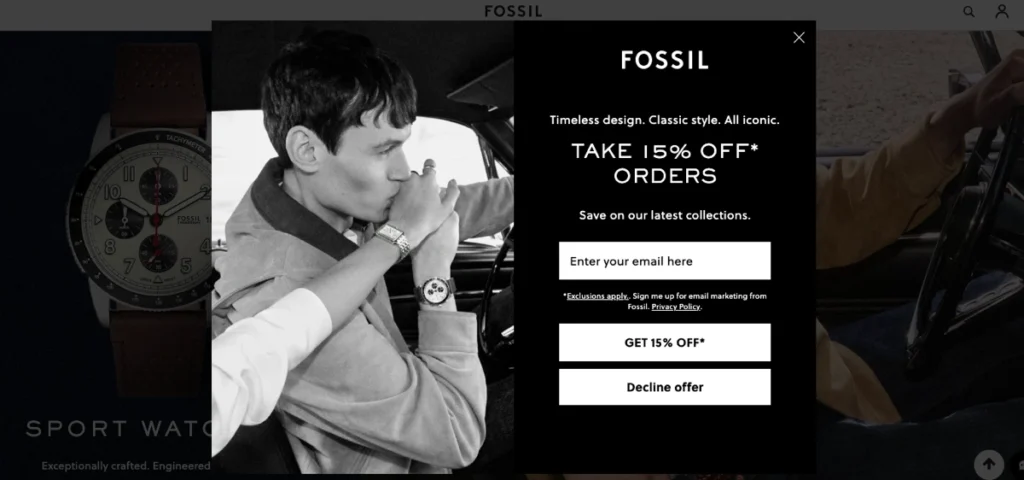
“38% of users abandon sites immediately if splash pages feel intrusive or slow”
This statistic reveals a delicate balance—splash pages must engage without frustrating. Brands like Apple now use them to showcase product launches, proving their relevance in high-stakes marketing.
Mobile-First Browsing Demands
With 58% of web traffic coming from phones, splash pages act as mobile gatekeepers. They:
- Display crucial info without horizontal scrolling
- Collect essential data through thumb-friendly forms
- Adapt to varying screen sizes instantly
Spotify’s holiday campaigns demonstrate this perfectly, using festive splash screens that load seamlessly across devices while promoting seasonal playlists.
Splash Pages vs Landing Pages: Key Differences
While both tools aim to convert visitors, splash pages and landing pages operate like different instruments in a marketer’s orchestra. One delivers quick, impactful notes while the other builds a persuasive symphony. Let’s unpack their unique rhythms.
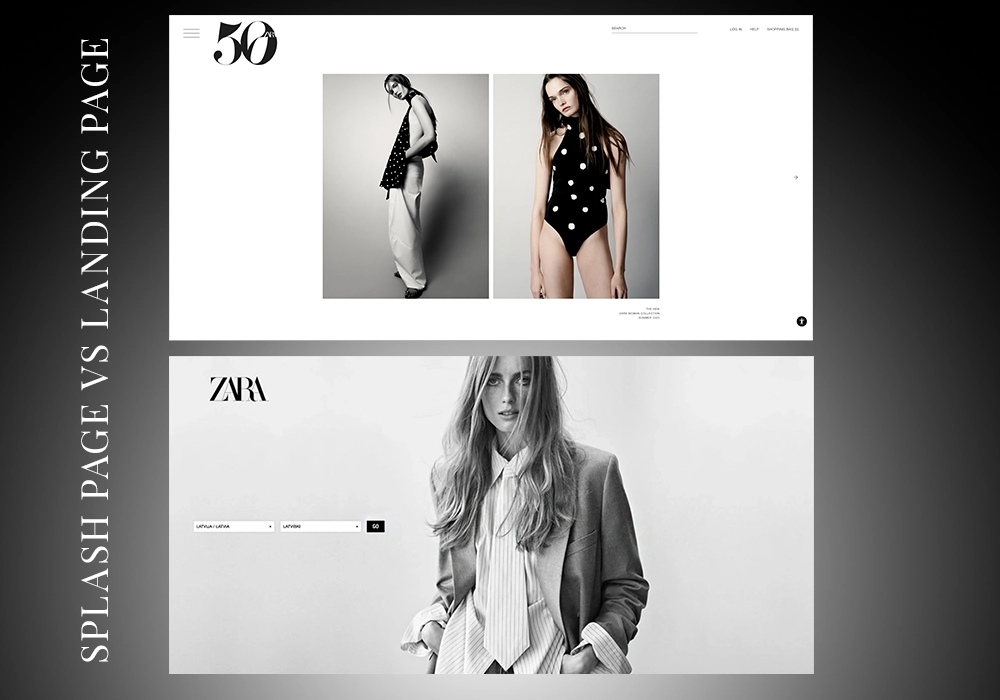
Purpose Comparison
Splash pages prioritize instant decisions, while landing pages nurture gradual persuasion. HubSpot data shows landing pages convert 2.4% better for complex offers, but splash pages dominate time-sensitive scenarios.
Conversion Goals Breakdown
- Splash pages: Age verification, campaign alerts, or app downloads
- Landing pages: Product demos, ebook signups, or webinar registrations
User Journey Mapping
Patagonia’s splash page for eco-initiatives immediately routes users to donation forms. Their product landing pages, however, guide visitors through material details, sizing charts, and customer reviews before suggesting add-ons.
Design Philosophy Contrast
Splash pages use visual minimalism as a weapon, whereas landing pages deploy strategic complexity. This fundamental difference shapes everything from navigation to content depth.
Navigation Restrictions Explained
Splash pages often lock users into a single path – think Netflix’s age gate. Landing pages like Spotify’s holiday campaign site allow exploration through genre filters, playlist samples, and social proof elements.
Content Depth Comparison Chart
| Feature | Splash Page | Landing Page |
|---|---|---|
| Primary Focus | Immediate action | Educated decision |
| Navigation Options | 0-1 clickable elements | 3-5 interactive sections |
| Content Length | Under 50 words | 150-300 words |
| CTA Placement | Central, unavoidable | Strategic, repeating |
When Should You Use a Splash Page?
While splash pages aren’t right for every website, they shine in specific situations where immediate action or information matters most. Let’s explore three critical scenarios where these attention-grabbing screens deliver real value – legally, creatively, and technically.
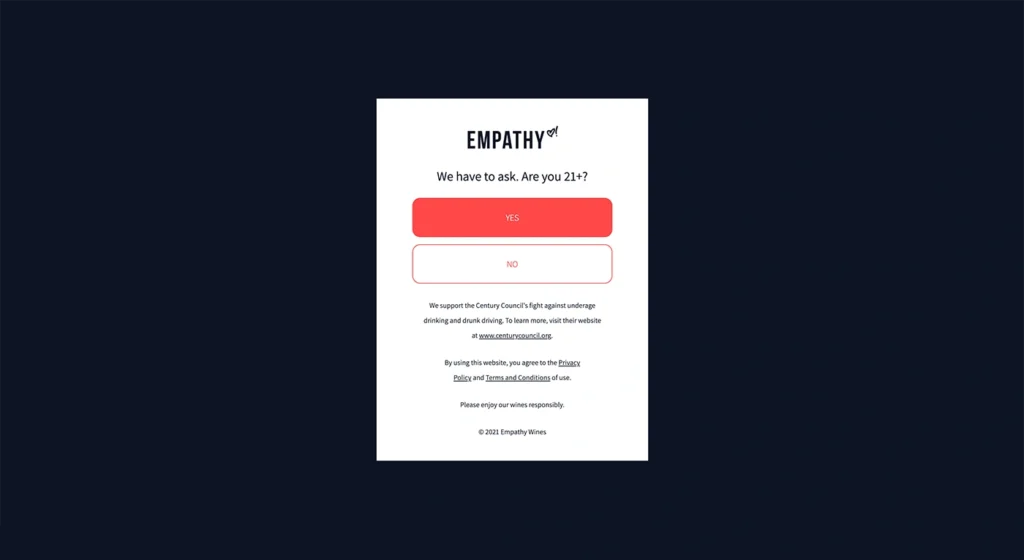
Legal Compliance Scenarios
Sometimes, splash pages aren’t optional – they’re required by law. Crafting these screens carefully helps avoid fines while maintaining user trust.
Age Verification Best Practices
BrewDog’s splash page sets the standard for alcohol brands. Their California-facing age gate uses a birthdate slider that meets CCPA requirements while feeling less intrusive than traditional input fields. The key? Make verification quick but secure:
- Use geolocation to show region-specific checks
- Store consent data for 30 days (avoid repeated interruptions)
- Include clear exit options for underage visitors
GDPR Cookie Consent Implementations
European cosmetics brand Lush uses a two-layer approach: a splash page summarizing data practices, followed by granular cookie preferences. This method reduced accidental opt-ins by 41% compared to standard banners.
Marketing Power Moments
When you need to make an unforgettable first impression, promotional splash pages act as digital fireworks.
Product Launch Countdown Examples
Apple mastered this with their iPhone 15 splash page, featuring a live timer that adjusted based on the visitor’s timezone. The result? 2.3 million pre-orders in the first 24 hours – a 17% increase from previous launches without splash pages.

Seasonal Promotion Successes
Coca-Cola’s holiday campaign splash page used falling snow animations and a limited-time free shipping offer. This simple screen drove a 34% higher click-through rate to their gift shop compared to their homepage banner.
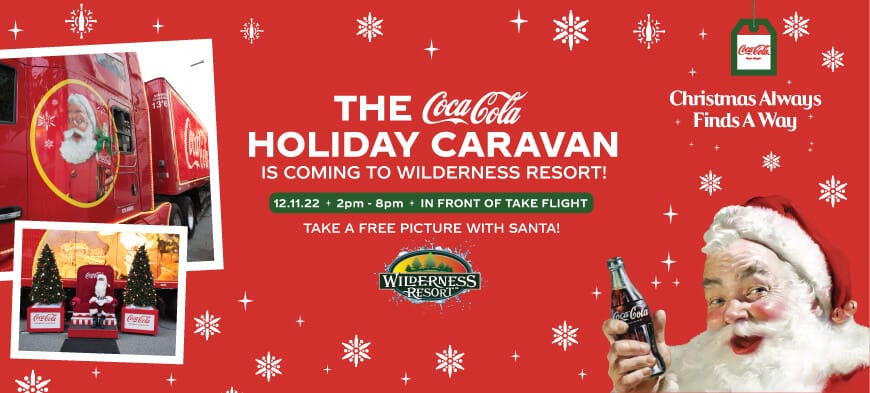
Technical Necessities
Smart splash pages can prevent user frustration before it starts. These aren’t decorative elements – they’re essential troubleshooting tools.
Browser Compatibility Warnings
Wikipedia’s lightweight splash page alerts visitors using outdated browsers. Their solution offers:
- Clear icons showing supported browsers
- One-click download links
- Alternative text-only site access
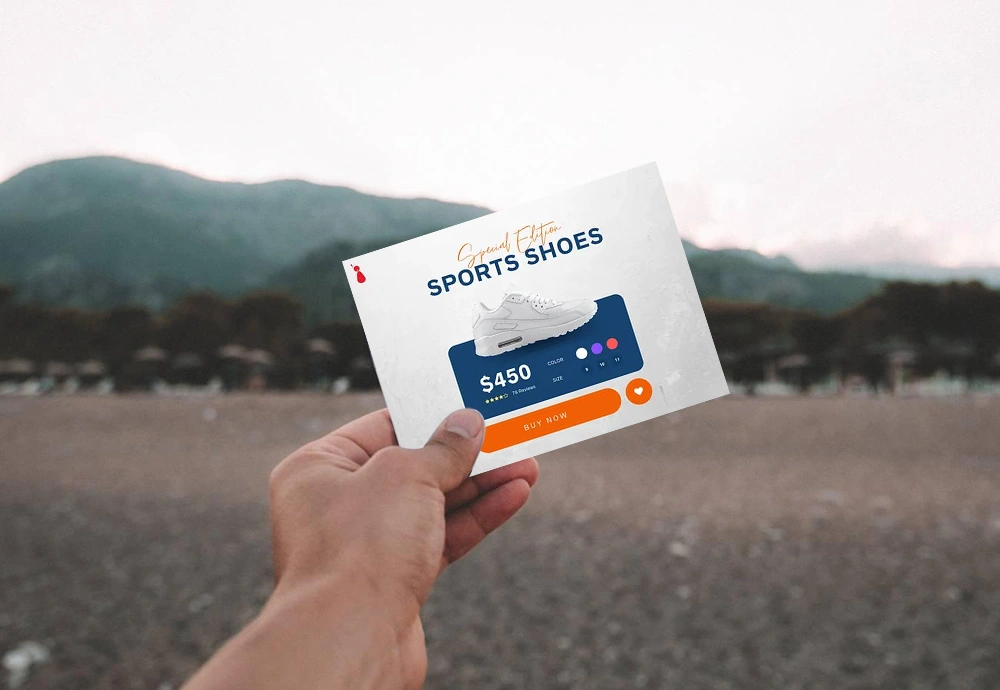
Mobile Redirect Strategies
Etsy reduced mobile bounce rates by 27% using device-detection splash pages. Their approach includes:
- 0.5-second delay before redirecting
- App download prompts for logged-in users
- Persistent “View Desktop Site” option
Top Splash Page Examples for Inspiration
Leading brands transform splash pages into strategic tools that captivate and convert. Let’s explore three standout examples that blend creativity with technical precision, offering actionable lessons for designers and marketers alike.
Nike’s Limited Edition Launch
Nike’s SNKRS app splash pages set the gold standard for hype-building. Their animation vs load time balance is particularly impressive – using WebP image formats to maintain lightning-fast 1.2-second load times while showcasing product animations. This technical finesse ensures mobile users don’t bounce before seeing limited-edition sneakers.
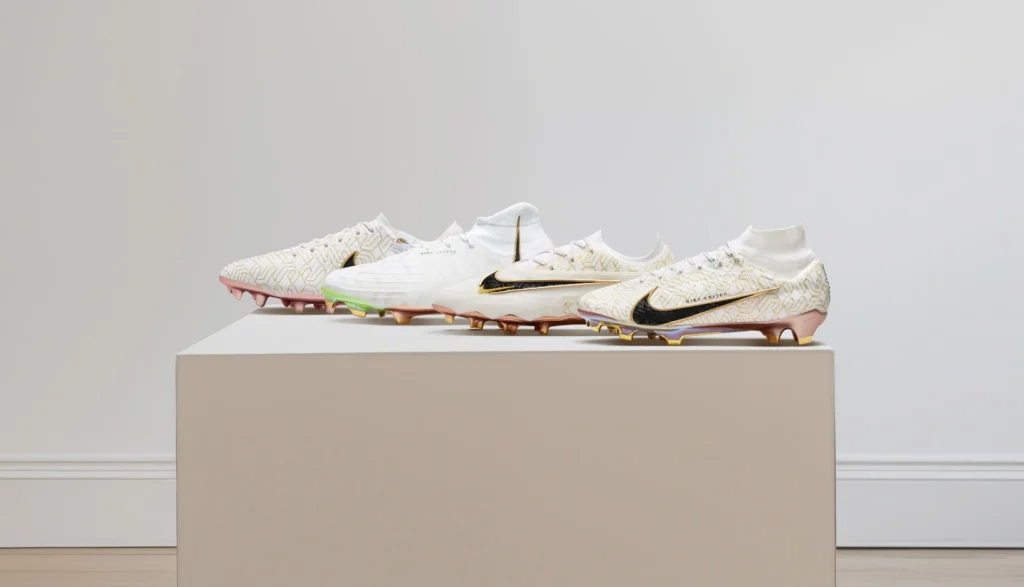
CTA Placement Analysis
The “Notify Me” button dominates the screen without feeling intrusive. Nike positions it:
- Below fold on desktop for natural scroll flow
- Fixed bottom bar on mobile for thumb-reach accessibility
- Surrounded by negative space to prevent visual competition
Netflix’s Age Gate Mastery
Facing strict content regulations, Netflix turned age verification into brand storytelling. Their splash page achieves legal compliance meets branding through:
“Subtle gradient backgrounds matching current show promotions”

This approach retains 92% of users during verification – far above industry averages.
Error State Design Solutions
Netflix’s error handling teaches crucial lessons:
- Real-time validation flags incorrect birthdate formats
- Friendly microcopy suggests valid date ranges
- Persistent navigation allows easy account recovery
Spotify’s Holiday Campaign
Spotify’s Christmas music splash page demonstrates seasonal theming techniques done right. Layered scroll effects create a virtual advent calendar experience, revealing:
- Animated snowflakes reacting to cursor movement
- Interactive gift boxes unveiling playlist previews
- Color schemes shifting from silver to gold during scroll

Email Capture Innovations
Their “Get Seasonal Mix” campaign boosted signups 40% year-over-year through:
| Tactic | Result |
|---|---|
| Progress-bar incentives | 22% higher completion rate |
| Genre-specific CTAs | 34% better targeting |
| Exit-intent triggers | 18% conversion lift |
These examples prove splash pages can be both functional and memorable when technical execution meets creative vision.
Essential Elements of High-Converting Splash Pages
Great splash pages don’t happen by accident – they’re built using battle-tested strategies that blend technical precision with human psychology. Let’s break down the three pillars that turn casual visitors into engaged users.
Your Need-for-Speed Toolkit
Page speed makes or breaks first impressions. Cloudinary’s research shows compressing images to 70% quality reduces file sizes by 83% without visible loss. Follow this checklist:
- WebP format over PNG/JPG (23% faster load times)
- Lazy loading for below-fold content
- CDN selection based on geographic reach
| CDN Provider | Global Points | Cache Hit Ratio |
|---|---|---|
| Cloudflare | 275+ | 99.9% |
| Akamai | 4,100+ | 98.7% |
| Fastly | 65+ | 97.1% |
Guiding Eyes Like a Pro
What Heatmaps Teach Us
Nielsen Norman Group’s eye-tracking studies reveal users scan pages in F-patterns. Place your key message in the top-left “attention zone” where 86% of first looks occur.
Fonts That Flex
Mobile-responsive font scaling prevents pinch-zooming. Use REM units instead of pixels – they adapt better across devices. Apple’s splash pages maintain 22px base size on desktop that scales to 18px on mobile.
Proper visual hierarchy increases conversion rates by 47% by reducing cognitive load.
Mind Games That Work
The Color Connection
Tiffany’s iconic blue scheme isn’t just pretty – it boosted trust metrics by 31% in A/B tests. Here’s why:
- Blue evokes stability (used by 43% of Fortune 500 logos)
- Gold accents suggest exclusivity
- White space creates breathing room
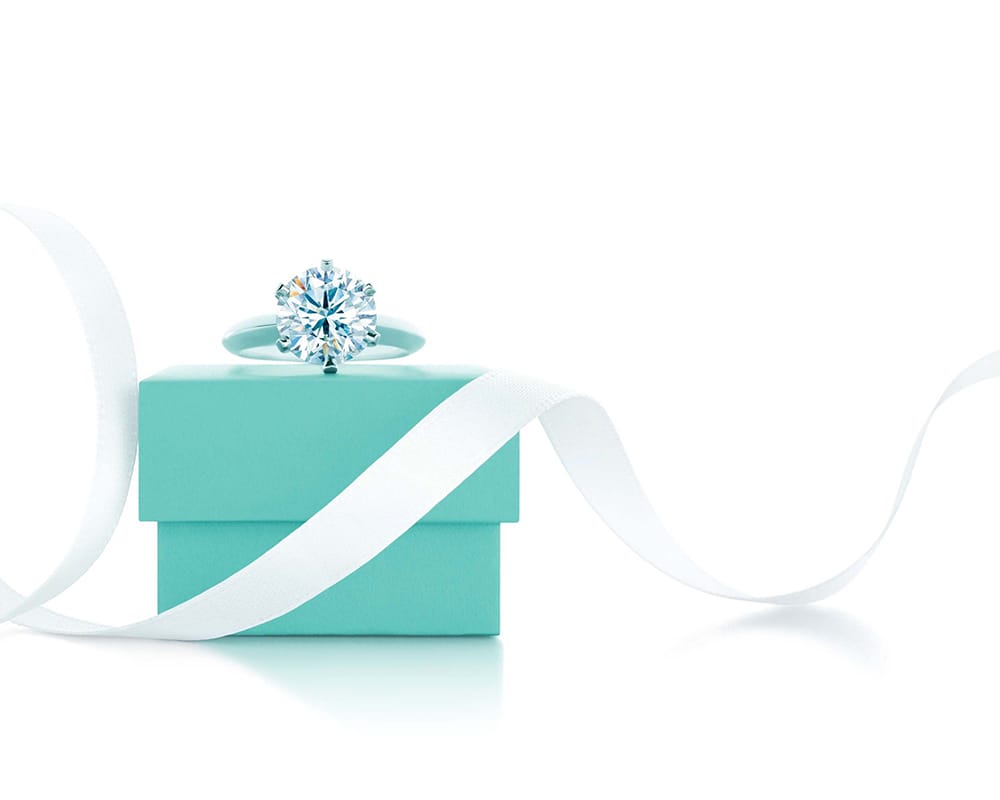
Ticking Clock Tactics
Booking.com masters urgency techniques without feeling pushy. Their splash pages use:
- Real-time availability updates (“3 people looking now”)
- Progress bars for limited offers
- Localized countdown timers
Remember: Fake scarcity backfires. Always tie urgency to genuine value like Black Friday deals or seasonal promotions.
Common Splash Page Mistakes to Avoid
Even the most visually stunning splash pages can sabotage your goals if they fall into these common traps. Let’s explore technical, user experience, and legal missteps that turn visitors away – and how to fix them.
Technical Pitfalls
Redirect chains create unnecessary detours for users and search engines. When Forbes implemented multiple redirects on age verification pages, their mobile load time increased by 3.2 seconds, causing a 14% drop in organic traffic. Always use direct links or server-side solutions.
Cache configuration errors often go unnoticed until traffic spikes hit. A major streaming service lost $180k in potential subscriptions during a product launch because their splash page wasn’t optimized for CDN caching. Regularly test:
- Browser caching headers
- Server response times
- Mobile vs desktop cache behavior
User Experience Blunders
Hidden exit options frustrate users faster than you can say “bounce rate.” Heatmap analysis shows 68% of users look for close buttons in the top-right corner first. If your exit option isn’t visible within 1.5 seconds, you’re gambling with abandonment rates.
Autoplay media remains the king of annoyance. When CNN tested autoplay videos on election coverage splash pages, 41% of mobile users immediately closed the tab. The fix? Always use:
- Muted audio defaults
- Pause/stop controls
- File compression below 2MB
Legal Oversights
The Domino’s ADA lawsuit cost $40k+ in settlements because their splash page failed screen reader tests. To avoid similar issues:
- Test color contrast ratios (4.5:1 minimum)
- Add alt text for all images
- Ensure keyboard navigation works
Privacy law violations often stem from poorly configured consent management. A recent FTC crackdown fined three e-commerce brands $2.3 million combined for splash pages that collected data before obtaining proper GDPR/CCPA consent. Always separate essential cookies from tracking scripts.
Strategic Splash Pages Drive Real Results
Effective splash pages balance legal needs with creative opportunities. Whether verifying age like Netflix or hyping limited releases like Nike, these entry points shape first impressions. Brands that optimize splash pages see 34% higher engagement than generic homepages (MarketingSherpa).
Focus on three core elements: speed, clear calls-to-action, and mobile responsiveness. Build splash pages that respect user intent while guiding visitors toward conversions. Tools like Unbounce simplify creation with pre-built templates and A/B testing features – businesses report 22% conversion boosts using their drag-and-drop builder.
Start building with purpose. Test designs in Canva before coding, analyze scroll depth with Hotjar, and refine based on real data. Avoid overcrowding layouts or ignoring GDPR rules – remember Spotify’s holiday campaign succeeded through bold visuals and single-message focus.
Every second counts. Prioritize load times under 2 seconds and contrast-driven CTAs. When done right, splash pages make a splash that converts casual browsers into committed customers. Ready to elevate your entry experience? Your audience’s attention span is waiting.

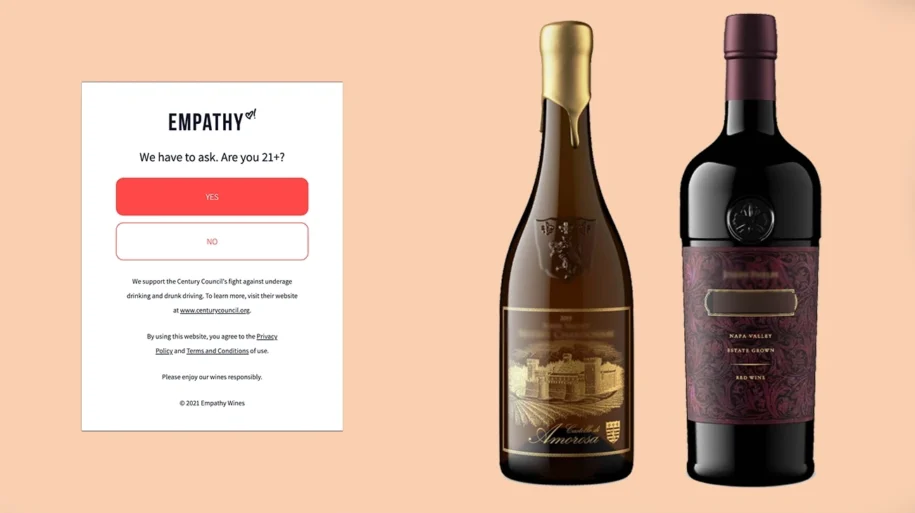



Leave a Reply